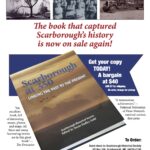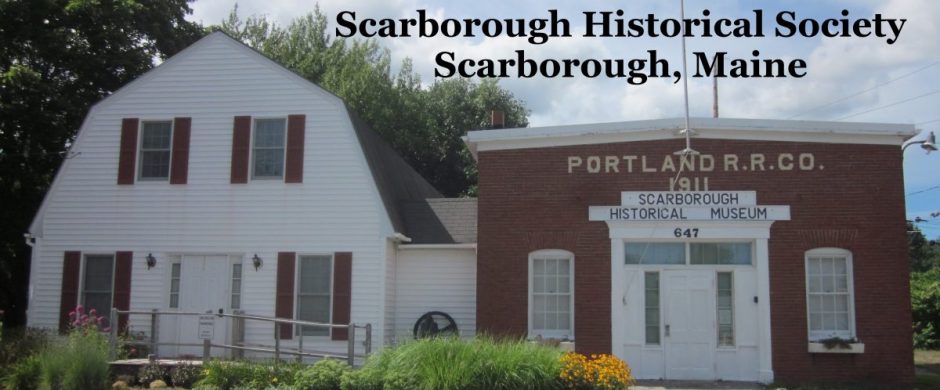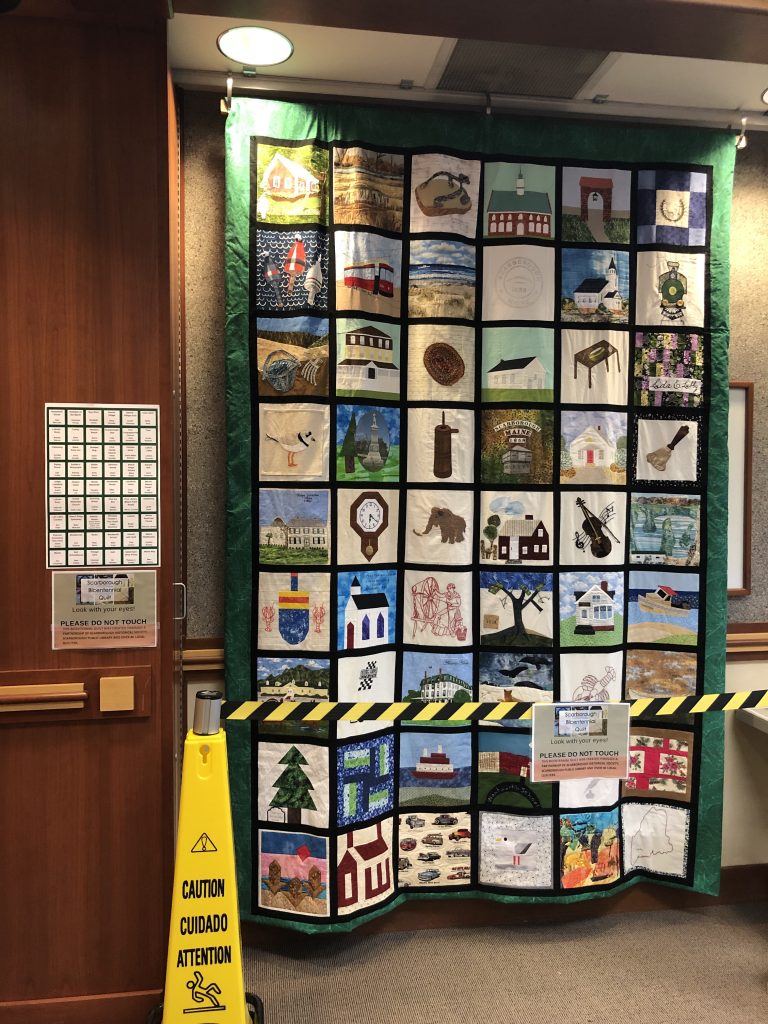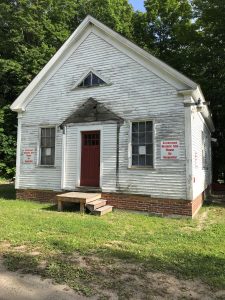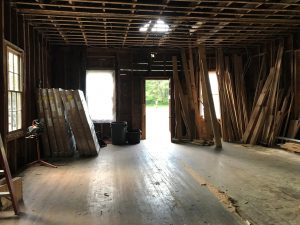70.14.17 D – Letter – N. Tilton to his children four days before his death.
[Continuing with the “Tilton Papers,” letters, family notes and other materials regarding the Tilton family of Scarborough. The material was originally received in 1970. Many of the items were later transcribed and typed.
This is the fourth item, 70.14.17 D, in the collection.
It is a letter written 29 Sep 1851 by N. Tilton to his children four days before his death. He talks about his trip to Boston, where he caught a cold, and returned. His letter provides insight into the long and arduous travel process in the 1850s. He died four days after writing this letter, apparently from the cold.
[Accession #70.14.17 D]
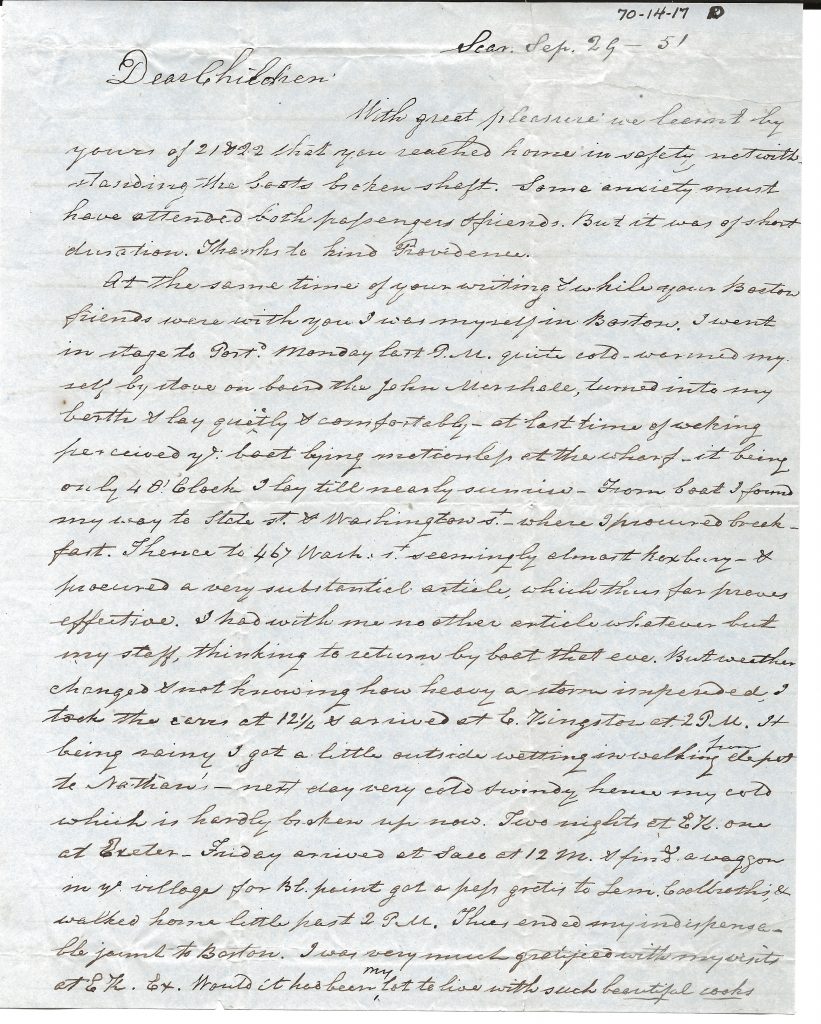 Scar. Sep 29 – 51
Scar. Sep 29 – 51
Dear Children,
With great pleasure we learnt by
Yours of 21 [sep?] that you reached home in safety not with-
Standing the boats broken shaft. Some anxiety must
Have attended both passengers & friends. But it was of short
Duration. Thanks to kind Providence.
At the same time of your writing & while your Boston
friends were with you I was myself in Boston. I went
in stage to Port.d Monday last A. M. quite cold – warmed my
self by stove on board the John Marshall, turned into my
berth & lay quietly and comfortably – at last time of waking
perceived ye boat lying motionless at the wharf – it being
only 4 O’Clock I lay till nearly sunrise. From boat I found
my way to State St. & Washington St – where I procured break-
fast. Then to 467 Wash. St seemingly almost Roxbury. I
procured a very substantial article which thus far proves
effective. I had with me no other article whatever but
my staff, think to return by boat that eve. But weather
changed & not knowing how heavy a storm inspired [ed?] I
took the [cares?] at 12½ and arrived at S. Kingston at 1 P M. It
being rainy I got a little outside wetting in walking from depot
to Nathan’s – next day very cold & windy hence my cold
which is hardly broken up now. Two nights at E K one
at Exeter – Friday arrived at Saco at 12 N. & found a wagon
in ye village for B E point got a lift[?] gratis to Lem. Coolbroths &
walked home little past 2 P.M. Thus ended my experience
the jaunt to Boston. I was very much gratified with my visits
at [E ?. Ex.] Would it has been my lot to live with such beautiful cooks
[ Back of Page ]
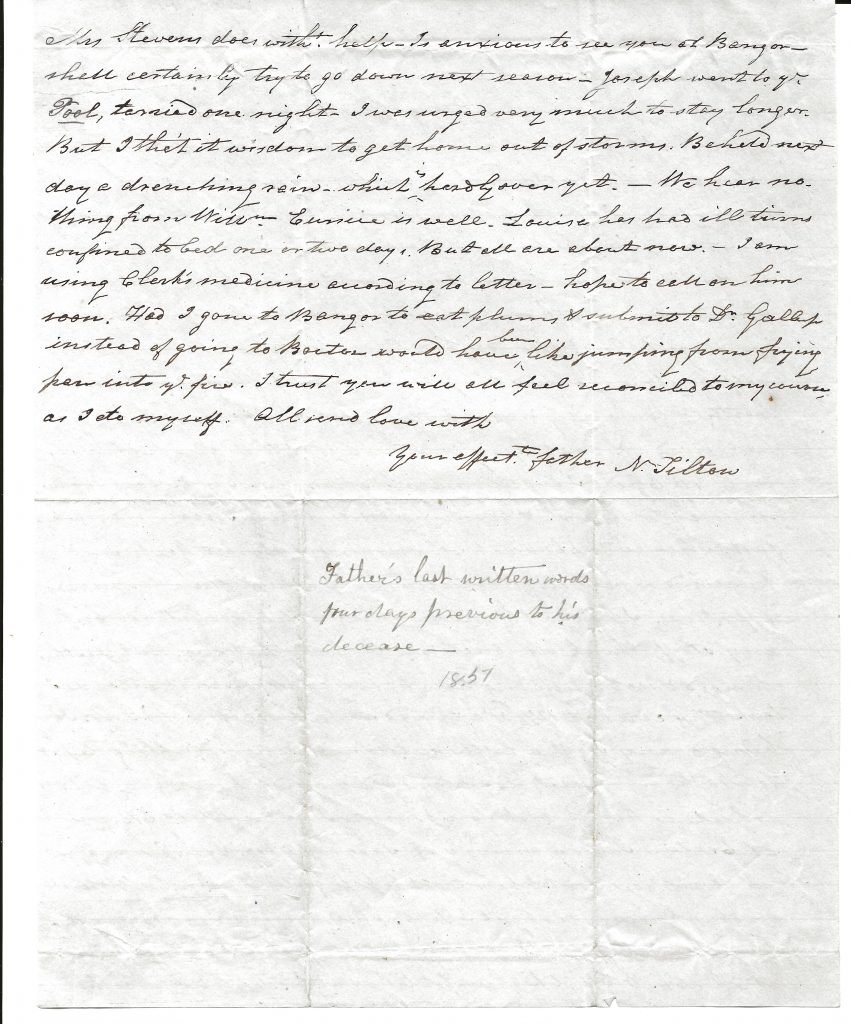 Mrs. Stevens does with help – is anxious to see you at Bangor-
Mrs. Stevens does with help – is anxious to see you at Bangor-
Shall certainly try to go down next season – Joseph went to [ye?]
Pool, terried on night. I was urged very much to stay longer.
But I the’t it is wisdom to get home out of storms. Behold next
Day a drenching rain – which is hardly over yet. – We her no-
Thing from Willm Eunice is well. Louise has had ill turns
Confined to bed one or two day. But all are about now. – I am
Using Clark’s medicine according to letter – hope to call on him
Soon. Had I gone to Bangor to eat plums & submit to Dr Gallup
Instead of going to Boston would have been like jumping from frying
pan into ye fire. I trust you will all feel unconcealed[?] to my cousin
as I to myself. All send love with
Your affect.t father N. Tilton
[ Fold]
[New text by different hand]
‘Father’s last written words
Four days previous to his
decease—
1851
I struggled with some of the transcription. If you are better at reading Mr. Tilton’s hand, and have suggestions I’d love to hear it. Clicking on the image will bring up a copy of the scanned letter.]
